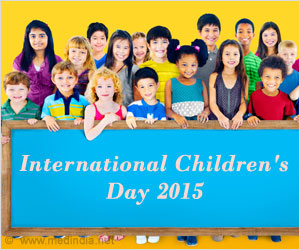The 'fixed private cost' of schooling meant the poor had less access to education relative to the rich, a key driver in child labor among the poor.

Jayanta Sarkar said, "The 'fixed private cost' of schooling meant the poor had less access to education relative to the rich, a key driver in child labor among the poor. Typically schooling, even in a 'free' education system, imposes a large burden on the poor through the fixed costs of things like transportation to and from school and books and other materials."
The study findings suggest that income inequality may matter more than poverty in explaining why child labor continues. Sarkar said, "The analysis shows that families below a level of relative income choose zero schooling and full time labor for their children because they simply can't afford either the fixed schooling costs, or to miss out on the small income their children generate for the household. Instead of schooling, they invest in child health to ensure children possess physical capability to perform unskilled work."
The World Bank figures reveal that the number of people living on less than $1.25 per day decreased dramatically from half the citizens in the developing world in 1981 to 21% in 2010, despite a 59% increase in the developing world population. Sarkar further added, "There is a clear link between income inequality and intensity of child labor. But, more income does not always reduce child labor. In fact, as wages rise child labor rises in families who find schooling too expensive. Only after income reaches a certain 'threshold' level, does schooling become affordable and child labor start to fall. The 'threshold' rises with the degree of income inequality."
Sarkar said, "Simply banning child labor would actually end up hurting the poor as child income would dry up and as a result private investment in health would fall. A child labor ban had to be accompanied by an increase in access to education. Two policies that could help eliminate child labor are targeted attempts to reduce schooling costs for the poor, and raising the efficacy of public health infrastructure."
The study was published in Economic Inquiry.
Advertisement














